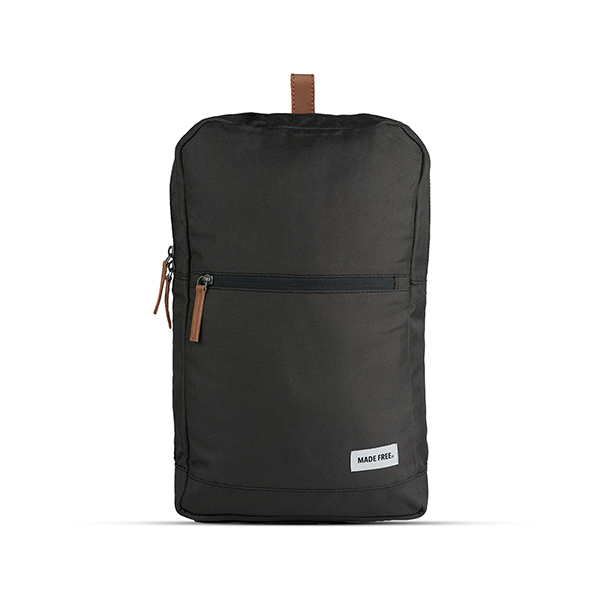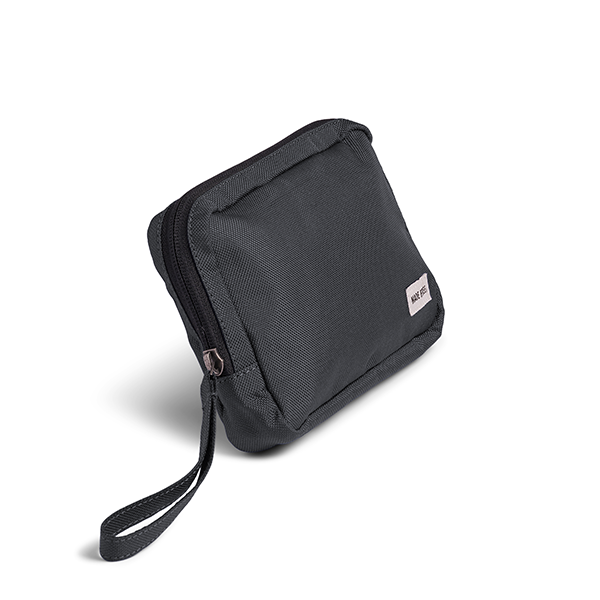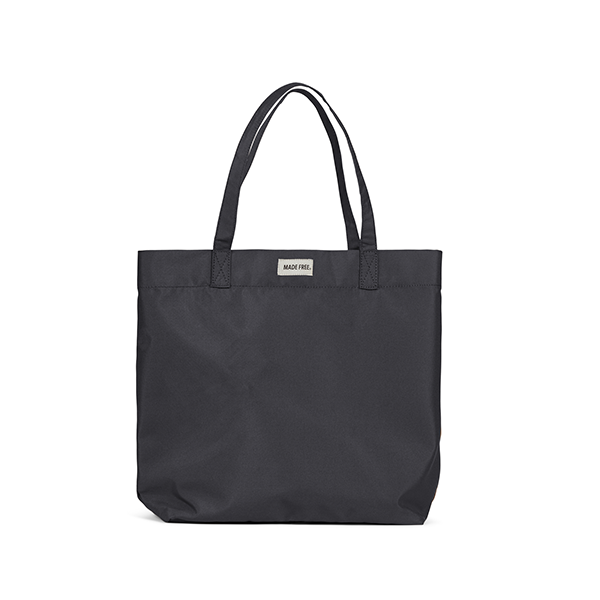

BEYOND SUSTAINABLE: WHAT DOES IT MEAN TO BE CARE-CENTRIC?
By Pia Kealey
A growing awareness among brands, and their customers, of brand impact on people and planet means more and more are re-envisioning themselves as forces of good. This can look different ways for different companies, but at the heart of it is care that goes beyond what is required to simply function, sustain, or realize profits—to creating a positive impact on people and places both near and far.
This can be seen as a “care-centric” approach, and the more areas of impact that can be considered through the lens of care, the more inspired those behind the brand can feel, and the more it can become an expansive positive force.
Craft breweries, which have proliferated in recent decades, have often taken a holistic approach to care for people and planet. New Belgium in Fort Collins, Colorado is an established brand and a leader in this. Their care approach started with the inspiration for the brewery, which was to bring world-class beer to the people of the U.S. after the founders discovered Belgian beer in the 1980s—and to brew it environmentally.
That immediately established care for customers, whom New Belgium believed should have access to better beer, and for environmental sustainability in production and waste management. New Belgium in 2009 implemented the largest private solar array in Colorado at that time, and today they produce 18% of their own clean electricity. They also re-use or recycle 99.9% of their waste. Care for employees includes the Fat Tire beer producer giving every employee a fat tire bike on their first anniversary of work. And in 2012, the workers became owners, with New Belgium now 100% employee owned.
In resource acquisition, human resources, sourcing, fabrication, maker practices, distribution and logistics—all departments that exist within an organization—people ask, “What does it look like to do this with care?”
Care-centric consideration is holistic, encompassing the well-being of:
- Employees
- Customers
- Surrounding communities
- Makers
- Makers’ communities
- Our planet’s resources and environmental health
Care-centric may also go above-and-beyond in some areas of care. For example, at Zambeezi lip balm producers, customers are cared for by providing “the best” balms, made from wild and pure Zambian ingredients. Nature is cared for through all-natural and renewal production, and—above-and-beyond—by providing work alternatives to prevent deforestation. The lip balm becomes a safer livelihood for the makers and a means of preserving forests, which provides a global climate benefit. Super-care!
Similarly, CAUSEGEAR produces bags and accessories with timeless designs, enduring quality, and a lifetime guarantee. These provide combined care for customers and environment, especially because they mean fewer repeat purchases and less consumption. Above-and-beyond this is CAUSEGEAR’s primary mission: to provide jobs for people most vulnerable to slavery and extreme poverty by supporting steady work in safe conditions.
What, then, is the impact of a care-centric approach? “Sustainability” has been an important, powerful concept that has led to huge strides in protecting people and planet. And it has something of a zero-sum, flat-line connotation. This do no harm approach is a good place to start.
“Care” has an uplifting quality, calling us back into our humanity. It is beautiful in that it trumps all other words and concerns. In a business world that has too often been focused on the bottom line, a stance that puts “because we care” at the heart of things verges on the inarguable. It lets everyone breathe a sigh of relief, because it’s what they want to do as humans. It is also what customers, more and more, demand.
Moving forward with a care-centric approach is a communal effort that can bring people together. A presentation at Sustainable Brands 2014 in London provided a wonderful example of how to communicate and accomplish this, with a presentation by Simon and Maria Moraes Robinson. They created a communications event to engage every person at every level in what is the similar “holonomic” (wholeness and economy) thinking at Hospital Sírio Libanês in São Paulo, Brazil. Coming together around a unified, care-centric approach was bonding and transformational for the hospital team.
A fully care-centric approach considers how to tap into and apply care at each stage, from planning and sourcing to end use. Thoughtfulness about impact becomes company-wide. No longer is “sustainability” the assignment for one person or department to take care of; rather, “care-centricity” beats at the heart of every meeting. Touchpoints can become “care-points;” Supply chain can become “care chain.”
The power of care-centricity itself is above-and-beyond—what we can even imagine. As care grows within the walls of businesses and organizations and spreads to people, environment and place everywhere, it can only multiply into a geometric progression. The care-centric approach will be an unstoppable force for good.
Pia Kealey
writer@canopygap.com





0 comments